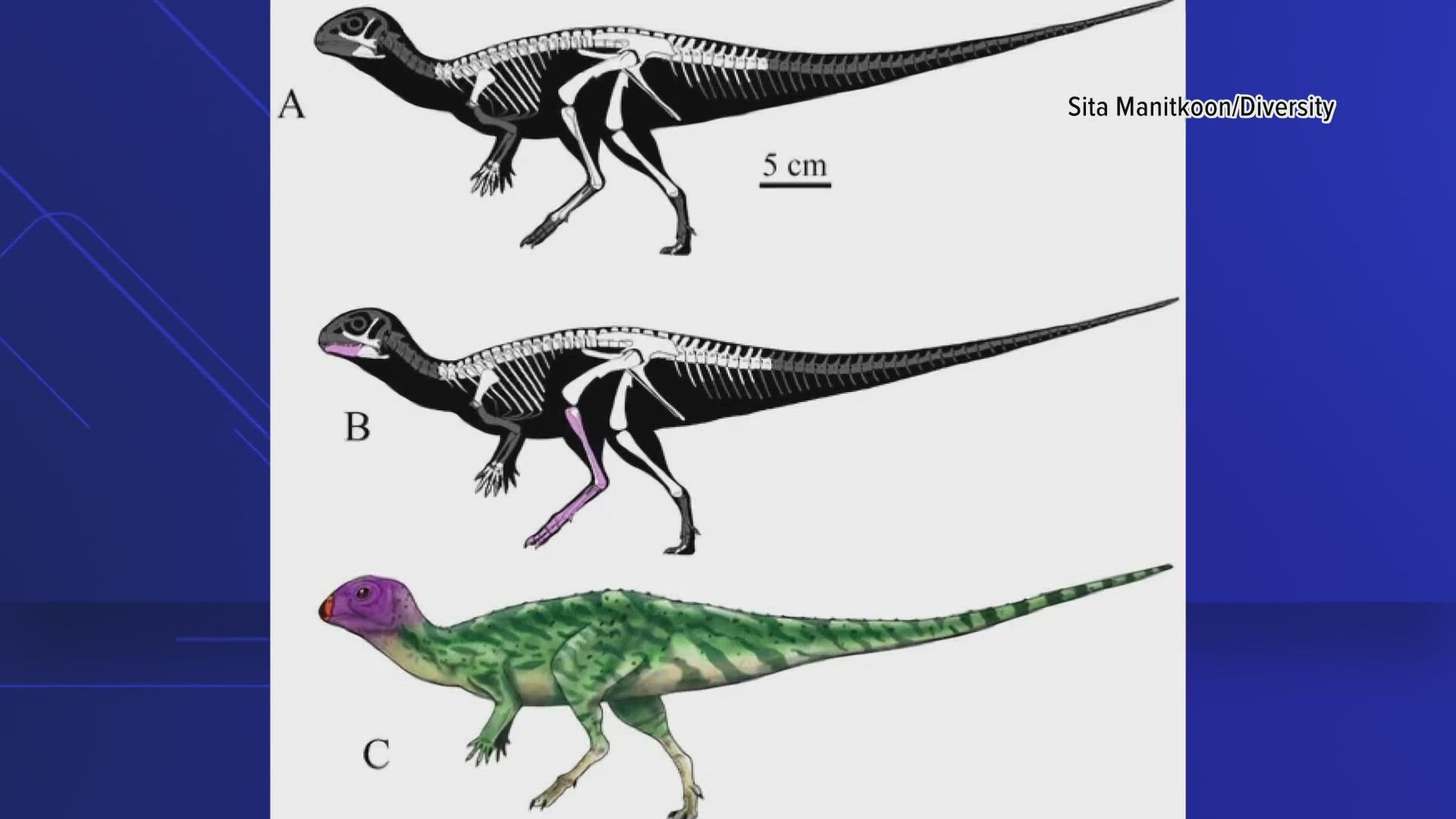VALPARAÍSO, Chile — A new discovery by a team of oceanographers off the coast of South America is making a big splash.
A team led by Schmidt Ocean Institute has found a new seamount, or underwater mountain or landform, with a "thriving" ecosystem that could contain multiple rare or even undiscovered species, according to a release by the Institute.
The Institute stated the over 1.9 mile-tall mountain was discovered along the Nazca Ridge, an underwater mountain chain in international waters 900 miles off the coast of Chile, and was found during a 28-day expedition to the international waters of the Nazca Ridge led by Schmidt Ocean Institute in partnership with Ocean Census and the Center for Coastal and Ocean Mapping/Joint Hydrographic Center at the University of New Hampshire.
The team mapped the seamount and conducted an exploratory dive with an underwater robot on one of the mountain's ridges, said the Institute, finding sponge gardens and "ancient corals".
The team also reportedly explored nine other features along the mountain range, which led to the discovery of an approximately 800-square-mile "pristine" coral garden home to deep-sea corals, rockfish, brittle stars and king crabs.
The locations were not the only exciting discovery made during the expedition however. The team also reportedly collected 20 suspected new species from the area and spotted rare creatures like Bathyphysa siphonophores, commonly known as "flying spaghetti monsters", a Casper octopus, which has never been seen in the Southern Pacific before and a live Promachoteuthis squid, a genus that is so rare that only three species have been described, and only ever from dead specimens.
“Upon concluding our third expedition to the region, we’ve explored around 25 seamounts on the Nazca and Salas y Gómez Ridges,” said Co-Chief Scientist and Schmidt Ocean Institute Marine Technician, Tomer Ketter. “Our findings highlight the remarkable diversity of these ecosystems, while simultaneously revealing the gaps in our understanding of how the seamount ecosystems are interconnected. We hope the data gathered from these expeditions will help inform future policies, safeguarding these pristine environments for future generations.”
For more information on the discovery and the expedition, visit this link.
The Schmidt Ocean Institute shared pictures from the expedition and of the new species at this link.
More from 6 News:

